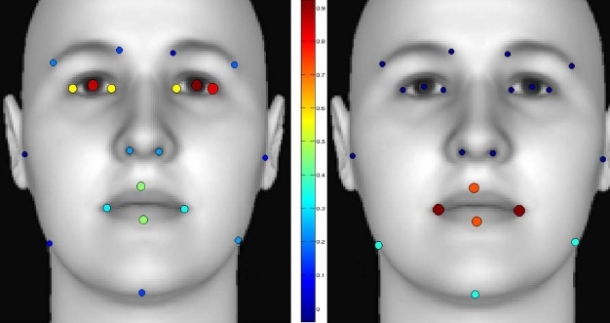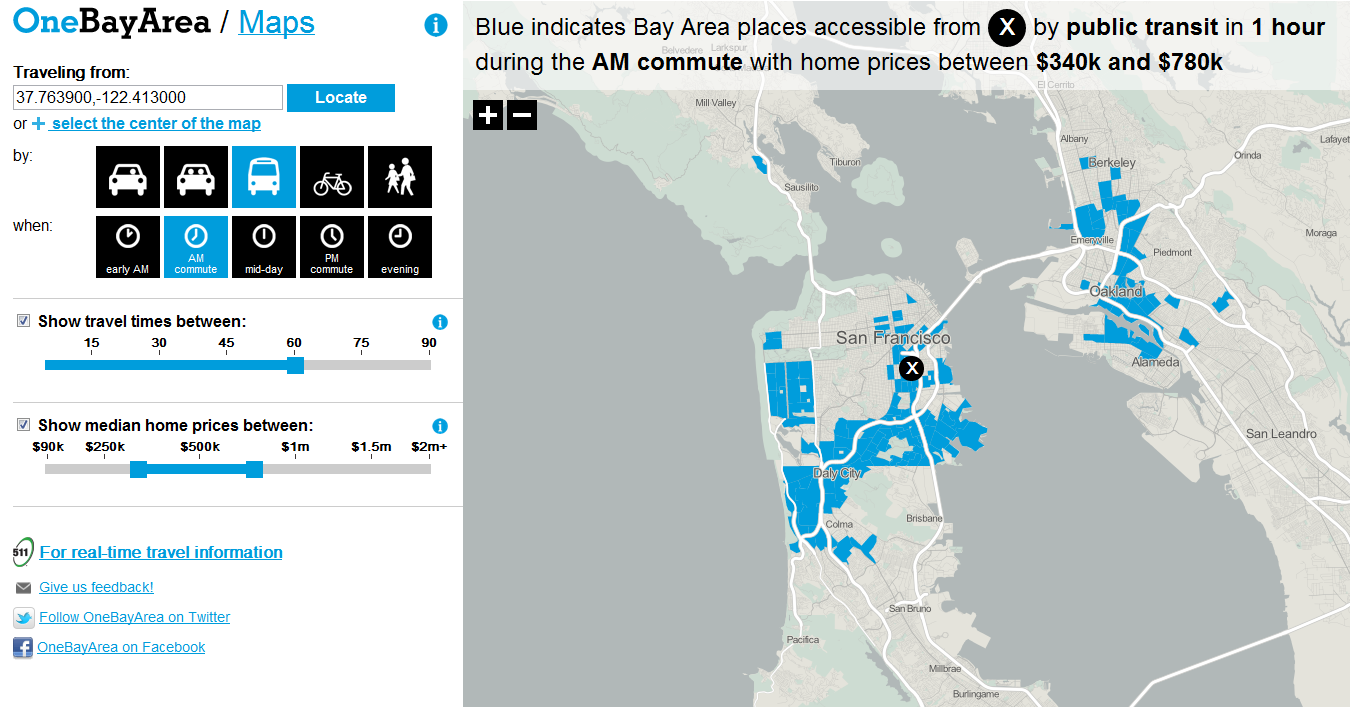Please submit your resume, three references, and a facial scan
For recruiters and Human Resources professionals sorting through mountains of applicant resumes, conducting and reviewing scores of interviews, checking references, and doing the requisite online social media stalking research, of candidates; hiring is a lengthy, challenging, and certainly inexact science. Source - PLoS One
Source - PLoS One
Sure, over time and with experience professional recruiters and HR gurus can and do certainly get better at managing these processes (and the right technologies implemented in a smart manner definitely can help), but even with years of practice and refinement, the hiring process itself can still resemble a long, slow, dreary march, filled with mostly sequential and incremental steps meant to answer a fairly basic question - 'Is this the kind of person we want to work with?'.
What if there was a way not necessarily to usurp these processes to drive to the answer to that question, but to supplement or attempt to confirm the conclusions drawn from the interview processes with a little bit of technology and science that claims to offer an accurate assessment of a person's basic character elements, without being beguiled or influenced by factors that can possibly be more easily manipulated by the candidate?
Take a look at this piece from the CNET - 'Software can tell if you're mean and ugly', a piece that describes a new kind of facial recognition software that claims that 'using machine-learning techniques, it also examines images of faces for other social traits, such as competence, trustworthiness, meanness, dominance, and extroversion.'
Competence? Trustworthiness? Meanness?
Those sound like the kinds of traits that might have plenty to do with success on the job and the assessment of these traits is in large part what the recruiting and hiring processes are designed to determine. Could a simple facial scan when processed by this new software actually drive a better, more accurate, and quicker understanding of these critical personality factors?
According to the CNET piece the software claims to have achieved between 91 and 96 percent accuracy for at least three traits - dominance, threat, and meanness.
Now before you go crazy in the comments about all the legal and ethical problems with incorporating a crazy technology like facial recognition scanning in the hiring process, I will be clear in stating that I don't think this kind of technology has a place (at least right now), in any candidate assessment process. But the technology is kind of interesting, and it might just have other applications we have not thought of as yet.
And it also helps to point out that despite all the time, effort, and application of years of experience that we bring to bear on the hiring process, sometimes the best way to get a bead on someone is to just look them straight in the eye, (and also assess their shape, alignment, and equidistance).
What do you think - will this kind of technology ever have a place in the recruiting process?

 Steve
Steve



